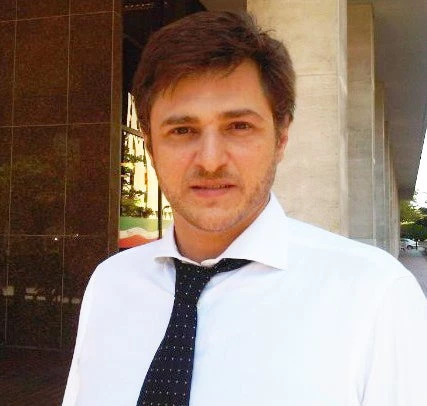
The recent collapse in oil prices is a good time to revisit the issues of resource revenue management. A good crisis should not go to waste , and it is in times like these that policy makers clearly realize their failures in the past and bemoan the lack of economic diversification away from oil.
A recent evaluation of the World Bank Group’s engagement in four resource-rich countries by our Independent Evaluation Group (IEG) gave us high marks, even though they found room for improvement.
One area of improvement noted was the perceived lack of a consistent framework, which would be built around the defining characteristics of countries endowed with non-renewable natural resources and dependent on revenues from their exploitation.
In fact, such a framework is already available and can be found in the Diversified Development report, although its lessons could not have informed the Bank’s work evaluated by IEG - as this came out in 2014.
This framework could be summarized as follows: governments should worry less about the composition of their exports and more about that of their national assets. They need to become more productive, participatory, and stable. In a number of countries building human, physical, and institutional capital has achieved what policies directly aimed at diversification of production and trade have not. Higher education levels, better infrastructure, and efficient institutions that ensure access to competitive markets are prerequisites for more productive economies.
Where the resource curse often gets us is in the models we use to evaluate policy options.
They mostly use ‘long-term oil prices’ to derive optimal spending and saving profiles. They talk about ‘resource cycles’ and ‘commodity cycles’ - which implies that there is fluctuation around a long-term mean. In fact, there is little evidence of that - at least within a time-frame that is relevant for fiscal policy makers. Yes, prices are volatile, but they are best characterized as random walks. This means the probability of ‘stable’ fiscal policies leading to the accumulation of very large financial surpluses and subsequently forcing a change at least in the finance minister, if not the entire government, is as large as the probability that the government goes bust - with the same consequences for the politicians.
Ask the Norwegians, who usually provide a ‘perfect’ example for the prudent management of natural resource wealth. ‘Right-of-center’ politicians recently took over the government after convincing the voters that Norway’s concerns for future generations should not surpass those of the present. Ironically, they did this just before the collapse in oil prices.
Another disease our work in resource-rich countries often falls prey to is ‘Dutch Disease.’
First of all, it should be noted that the Netherlands is doing fine. The idea that resource rich countries should avoid ‘making domestic production more expensive and non-competitive’ (IEG) is tantamount to telling them to avoid structural change and increases in real wages. It leads to the absurd advice that countries lacking roads, schools, and hospitals should invest their natural resource wealth in (low-yield) sovereign wealth funds, while the return on investment in human capital and infrastructure at home could have much higher returns.
The people of the Netherlands have high human capital, drive on excellent roads, and rely on strong institutions. They produce sophisticated goods and services, while importing shirts from Vietnam, because domestic shirt production is more expensive and non-competitive. Their economy undergoes structural change, and not every plant closure is a national calamity because well educated workers find jobs elsewhere - with a strong social protection system taking care of them and while they look.
Prudent management of revenues, therefore, means resource-rich countries should accumulate more in renewable (human, physical and financial) assets than the resources they use up. Resource revenue can be accumulated in reserve funds to smooth the impact of commodity price volatility on government budgets, but sovereign wealth funds should only be used to the extent that extracted resources cannot be invested productively in a country’s assets. The focus should be on building absorptive capacity at home, not sovereign wealth funds.
National assets are the foundations on which to build the spontaneous and sustainable development of private enterprise. Occasionally, policies aimed at promoting non-resource sectors can be successful, but only if adequate amounts of physical and human capital are available and if interventions are aligned with the endowments of the country. Otherwise, industrial policies can turn out to be costly mistakes. Human capital (health and education) and physical capital give the broadest possible section of the population a chance to prosper.
In order to follow this framework, three government functions are essential:
- the package of fiscal, monetary and exchange rate policies that allow managing macroeconomic volatility;
- the capacity of the public administration to effectively deliver public services, such as health, education and infrastructure; and
- the ability to effectively regulate private enterprise guaranteeing a competitive environment.



Join the Conversation